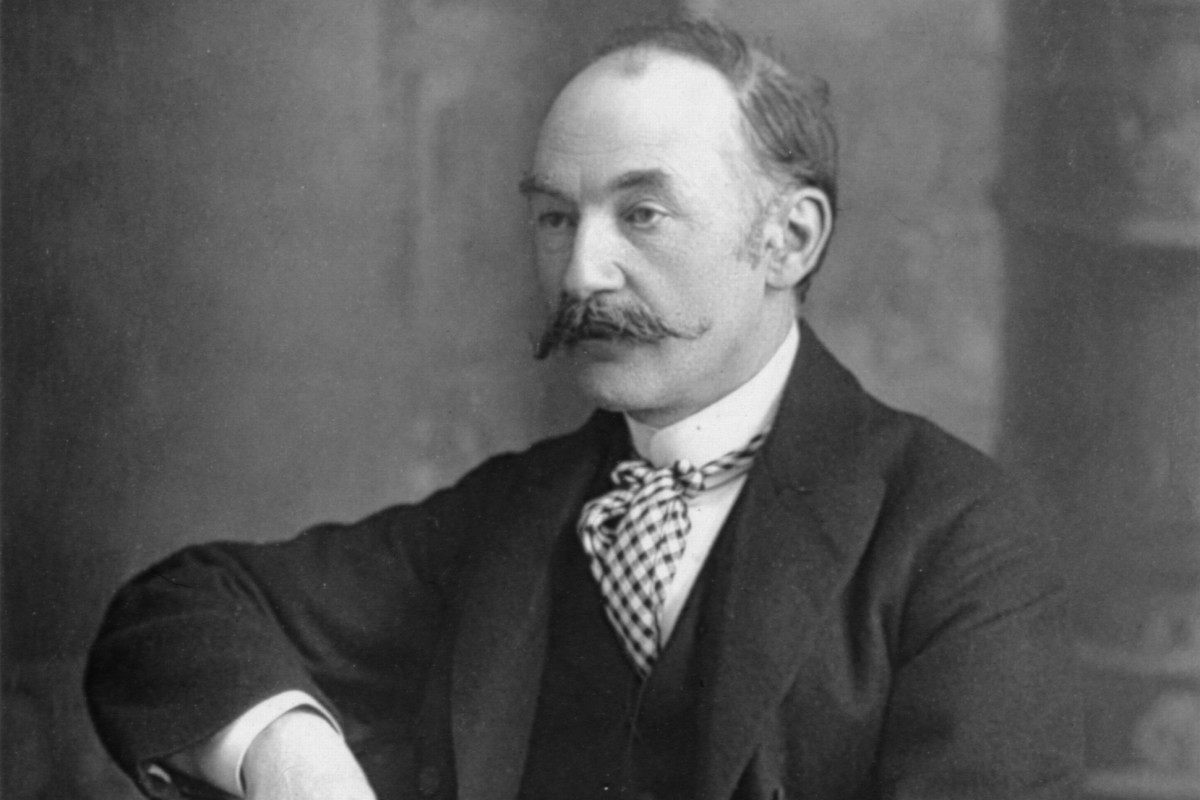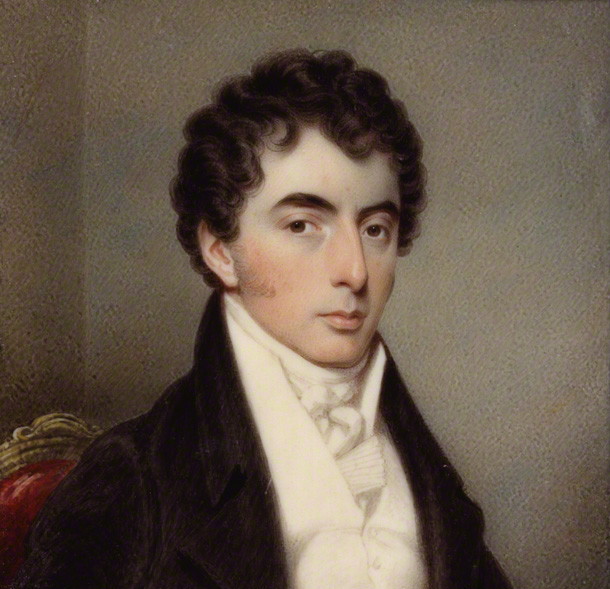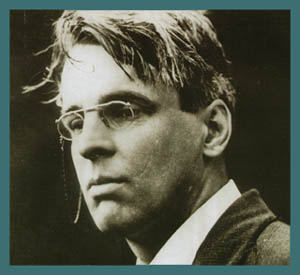Robert Burns was a Scottish poet and lyricist. He is generally thought to be the national poet of Scotland because he is the most widely read among all poets who have written in the Scots language. Burns has also written in English and a light Scots dialect, so that his poetry would be understood by an audience beyond Scotland as well. He has even written in standard English.
The volume of works by Burns which came to be known as Poems, Chiefly in the Scottish dialect came out in 1786. Also called the Kilmarnock volume, it contained much of his best writing.
In 1791, Burns was requested to write lyrics for The Melodies of Scotland, and he responded by contributing over 100 songs. He made a lot of contributions to George Thomson‘s A Select Collection of Original Scottish Airs for the Voice and also to James Johnson’s Scots Musical Museum.
In addition to making original compositions, Burns also collected folk songs from across Scotland, often revising or adapting them. While “Scots Wha Hae” has often served as an unofficial national anthem of the country, no other poem by him is as famous as “Auld Lang Syne”.
“Auld Lang Syne” consists of 5 stanzas, after each of which is repeated the chorus – “For auld lang syne, my dear, /for auld lang syne, /we’ll take a cup of kindness yet, /for auld lang syne”. Each of the stanzas is also made up of 4 lines, as is the chorus. Hence, the entire poem consists of 40 lines. The phrase “Auld Lang Syne” is in Scots and can be loosely translated as “for the sake of old times”. This poem is written in the first person, hence we can assume that the speaker of the poem is the poet himself.
Auld Lang Syne Summary by Robert Burns
Stanza 1: The poet starts this stanza by asking a rhetorical question. He asks whether we ought to forget our old friends and never bring them to mind anymore. By asking such a question, he means to stress the importance of preserving old friendships. For the sake of the times we have spent with our old friends, we should make an effort to always remember them.
Chorus: In the chorus, he directly addresses an old friend and refers to the friend with the words “my dear”. He tells his friend that for old times’ sake, they must share a cup of alcohol. The poet insists on calling the alcohol “a cup of kindness”, for alcohol lowers our defences and gets rid of our inhibitions so that it is possible for us to be emotional before everyone.
Stanza 2: In this stanza, the poet tells his friend that they will each buy a cup of alcohol equalling a pint. A pint is a unit of measure that is equivalent to a little more than half a litre. The poet tells his friend that they will each consume that amount of alcohol for the sake of the times they had spent together while growing up. This leads us to believe that the setting of the poem is a bar, where the poet is meeting his friend after a separation of many years.
Chorus.
Stanza 3: In this stanza, the poet recalls the memories of the good times he had spent with his friend. He remembers how they had walked up the slopes of the Scottish Highlands. Since there is an abundant growth of greenery in the slopes, they hadn’t hesitated to pluck daisies from the vicinity. After such long treks, they may have been tired, but they had walked on beside each other, depending on each other for company.
Chorus.
Stanza 4: In this stanza, the poet continues to recount the adventures he had had with his friend in the sun. He remembers how they had gone paddling in the many streams around their childhood homes, and they had been at it right from the early morning till late evening, when it was time for dinner and they were called inside by their families. Since then, times have changed and the two friends have become separated by the length of a sea. This gives us the clue that perhaps one of them had shifted to a different continent before this particular meeting of which the poet is singing.
Chorus.
Stanza 5: In this stanza, the poet wants to shake hands with his friend. He first stretches out his hand and tells his friend that he will trust him always. In return, he asks his friend to stretch out his hand in the same way. They must shake hands and finish off their alcohols in one sip for the sake of old times. This leads us to conclude that perhaps the meeting is over, and it is time for the friends to separate once more. Hence, it is clear that this is a song of farewell.
Chorus.
Keywords: auld lang syne robert burns analysis, auld lang syne robert burns summary, robert burns auld lang syne and other songs, what type of poem is auld lang syne, auld lang syne publication date, who wrote the poem auld lang syne
Some online learning platforms provide certifications, while others are designed to simply grow your skills in your personal and professional life. Including Masterclass and Coursera, here are our recommendations for the best online learning platforms you can sign up for today.
The 7 Best Online Learning Platforms of 2022
- Best Overall: Coursera
- Best for Niche Topics: Udemy
- Best for Creative Fields: Skillshare
- Best for Celebrity Lessons: MasterClass
- Best for STEM: EdX
- Best for Career Building: Udacity
- Best for Data Learning: Pluralsight















